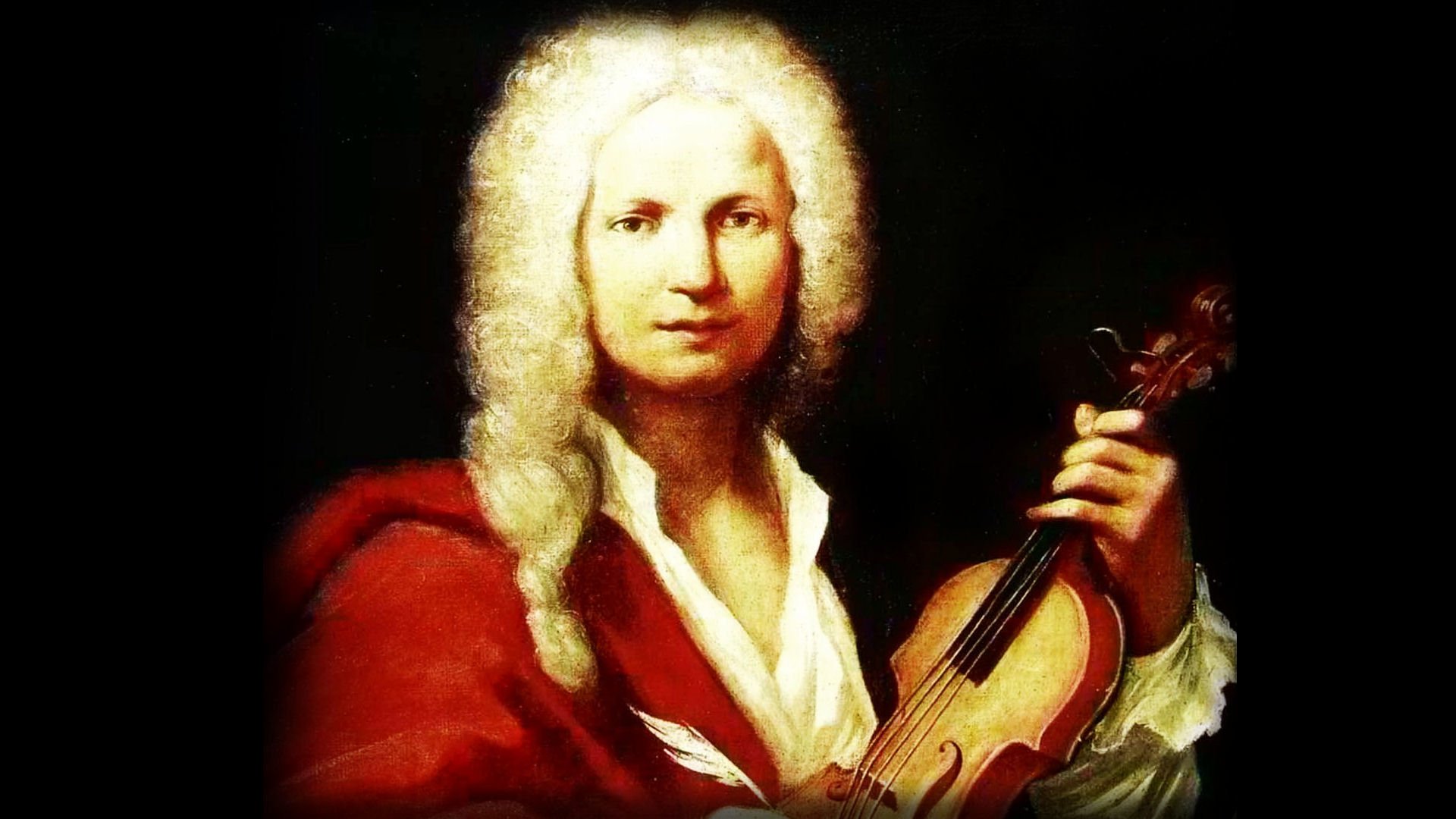Introduction to Vivaldi and His Masterpiece
Antonio Vivaldi, an Italian Baroque composer born in 1678, is celebrated for his energetic violin compositions and pioneering contributions to instrumental music. Among his prolific works, The Four Seasons stands out as a timeless masterpiece that continues to enchant audiences worldwide. Composed around 1723, The Four Seasons is a set of four violin concertos, each representing one season of the year. Through innovative musical techniques, Vivaldi captures the essence of nature’s cycles, painting vivid scenes of springtime blooms, summer storms, autumn harvests, and winter’s chill.
The Inspiration Behind The Four Seasons
The Four Seasons was revolutionary for its time. Vivaldi drew inspiration from the natural world, creating one of the earliest examples of “program music,” where compositions are meant to evoke specific images or stories. Alongside the music, Vivaldi wrote descriptive sonnets for each season, which historians believe may have been written by the composer himself. These sonnets guide listeners through each concerto’s mood and scenes, from singing birds and rustling leaves to fierce thunderstorms and crackling fires. Vivaldi’s vision for The Four Seasons was to offer audiences an immersive experience of nature’s beauty and drama, brought to life through sound.
An Analysis of Each Season
- Spring (La Primavera)
The opening concerto, Spring, begins with joyful melodies that evoke the rebirth of life and the freshness of spring. Listeners can hear birds singing, streams flowing, and gentle breezes blowing. Vivaldi’s skillful use of trills and rapid scales mimics the lightness and vitality of springtime. He also depicts a sudden thunderstorm—a reminder of spring’s unpredictable weather—before the concerto returns to its cheerful themes. - Summer (L’Estate)
Summer contrasts sharply with Spring, showcasing Vivaldi’s mastery of evoking atmosphere through music. This concerto captures the oppressive heat, the laziness of the animals, and the tension before a summer storm. The slow, languid beginning hints at the stifling heat, while the rapid tremolos and fast-paced notes that follow depict an intense storm, complete with lightning and thunder. Listeners can feel the heaviness of summer as it builds to a powerful, climactic finale. - Autumn (L’Autunno)
In Autumn, Vivaldi explores themes of harvest, celebration, and rest. The music opens with lively, dance-like rhythms to represent the joy of the harvest. A rustic peasant dance and the sounds of a hunting party, complete with horn calls, add to the festive atmosphere. Finally, the music slows, depicting the weariness and sleep that follow the season’s feasts, creating a sense of satisfaction and contentment as the earth prepares for winter. - Winter (L’Inverno)
The final concerto, Winter, is a powerful contrast to the warmth and brightness of Spring. Vivaldi’s music captures the biting cold, the harshness of icy winds, and the comfort of sitting by a crackling fire. The solo violin imitates the sensation of shivering in the cold, while abrupt notes convey the cracking of ice underfoot. Despite the chill, Winter ends on a warm note, reminding listeners of the comfort found in the heart of winter.
The Lasting Legacy of The Four Seasons
Since its composition nearly 300 years ago, The Four Seasons has remained one of the most popular and frequently performed works in classical music. Its vivid depiction of nature and ability to evoke emotions have made it a timeless piece that resonates with audiences across generations. Vivaldi’s approach was groundbreaking, and his technique of using music to tell a story influenced countless composers who followed. Today, The Four Seasons continues to inspire new interpretations and remains a staple in concert halls and recording studios around the world.
Why The Four Seasons Matters Today
The Four Seasons is not just a masterpiece of the Baroque era—it’s a piece that transcends time, connecting people across centuries through a shared appreciation of nature and human experience. Its enduring appeal lies in its universality; no matter where or when we live, we all feel the passing of the seasons, the beauty of nature, and the cycles of life. Vivaldi’s work reminds us of the importance of listening and observing, of finding art in the natural world around us.
Conclusion
Antonio Vivaldi’s The Four Seasons is more than just music; it’s a musical journey through time and nature, a celebration of life’s rhythm, and a testament to the power of art. Today, nearly three centuries after its creation, The Four Seasons continues to captivate listeners, serving as a timeless reminder of Vivaldi’s genius and the beauty of the natural world.


Comments are closed